JAGJIT SINGH is always part of the conversation when discussing India’s greatest and most influential music artists. Born on February 8, 1941, the singer, musician, and composer left behind a lasting legacy before passing away on October 10, 2011, at the age of 70.
Eastern Eye marks the birth anniversary of the silky-voiced maestro by telling his remarkable story – from humble beginnings to making an incredible global impact, suffering an unbearable heartbreak, and creating songs that are still enjoyed by many millions.
One of seven children, he was born Jagmohan Singh Dhiman in the Sri Ganganagar district of Rajasthan, into a devout Sikh family from a Punjabi village. His father, a government employee, renamed him Jagjit on the advice of a holy man shortly after his birth.
A naturally gifted musician, he embraced music from a young age, performing Sikh devotional hymns at the local temple and imitating commercial songs he heard on the radio. He trained in classical Indian music under Pandit Chaganlal Sharma for two years and then studied with the respected maestro Ustad Jamaal Khan for another six years.
The academically bright young man attended Khalsa High School and Government College in Sri Ganganagar before earning a degree in arts from DAV College in Jalandhar. He later obtained a postgraduate degree in history from Kurukshetra University in Haryana. During his student years, he sang for All India Radio and composed his first songs.
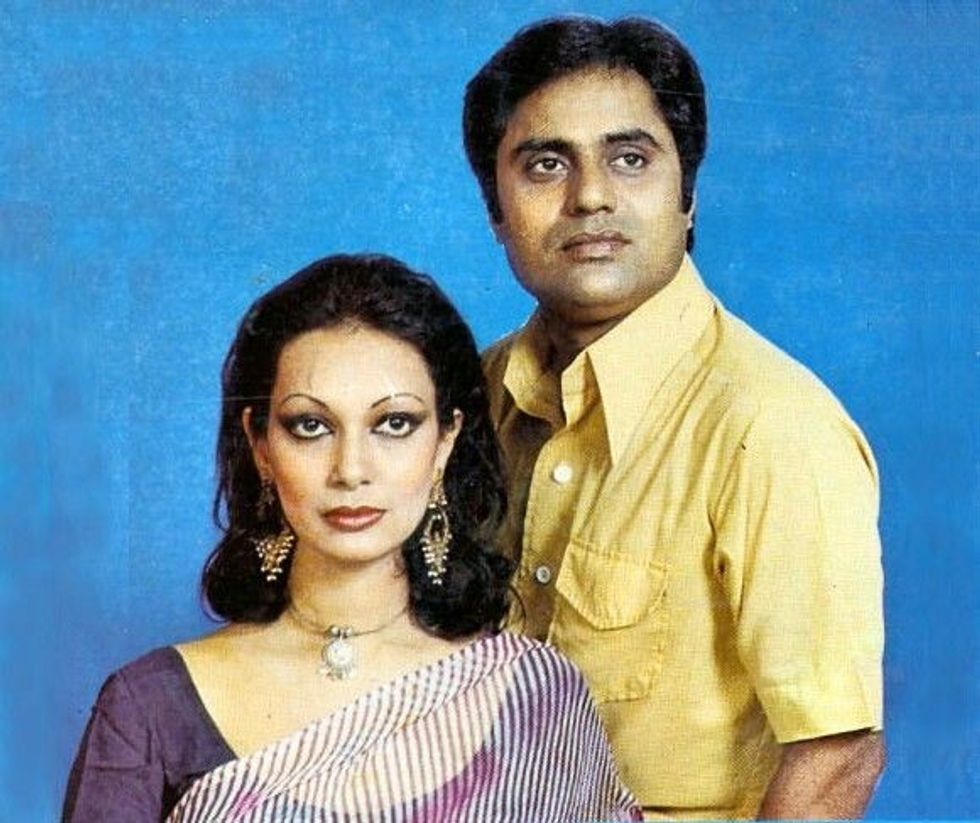
“I knew I had to be a singer,” Jagjit once said. “Although my father helped me train in my childhood, he wanted me to be an engineer. I soon realised that I would never understand science.”
Performing on stage at college functions had a profound effect on him. “The response from audiences convinced me that I should concentrate on music,” he recalled.
A talented hockey player, he ultimately left his college team to focus entirely on music. Then, in March 1965, he made a lifechanging decision – boarding a train to Bombay (now Mumbai) without telling his family. “I travelled from Bombay to Jalandhar without a ticket, hiding in the bathroom,” he later admitted.
With little money, he checked into a rundown hostel and took on odd jobs, including singing advertising jingles. A devout Sikh at the time, he made the difficult decision to shave his beard, cut his hair, and remove his turban. Though he managed to record a four-track EP, it made little impact.
“I had to struggle a lot,” he said. “At times, I didn’t have a roof over my head. But music was always there for me. It kept me going.”
His life took an unexpected turn in 1967 when he met singer Chitra Dutta. The two formed an instant connection. Chitra later divorced her husband, secured custody of her daughter Monica, and married Jagjit in 1969.
The newly married couple soon had a son and began performing together as a singing duo. However, breaking into the mainstream proved difficult, as ghazal music was dominated by Muslim artists and Bollywood music ruled the charts. Their breakthrough finally came in 1976 when their album The Unforgettables became a massive success.
By introducing modern instrumentation into a genre steeped in centuriesold traditions, they revolutionised ghazal music and brought it to a much wider audience. Jagjit, who had studied Urdu extensively, simplified the lyrics to make them more relatable.
“I wanted ghazals to speak to everyone, not just those who understood high Urdu,” he explained. “So I brought in simpler words, relatable emotions, and modern sounds.”
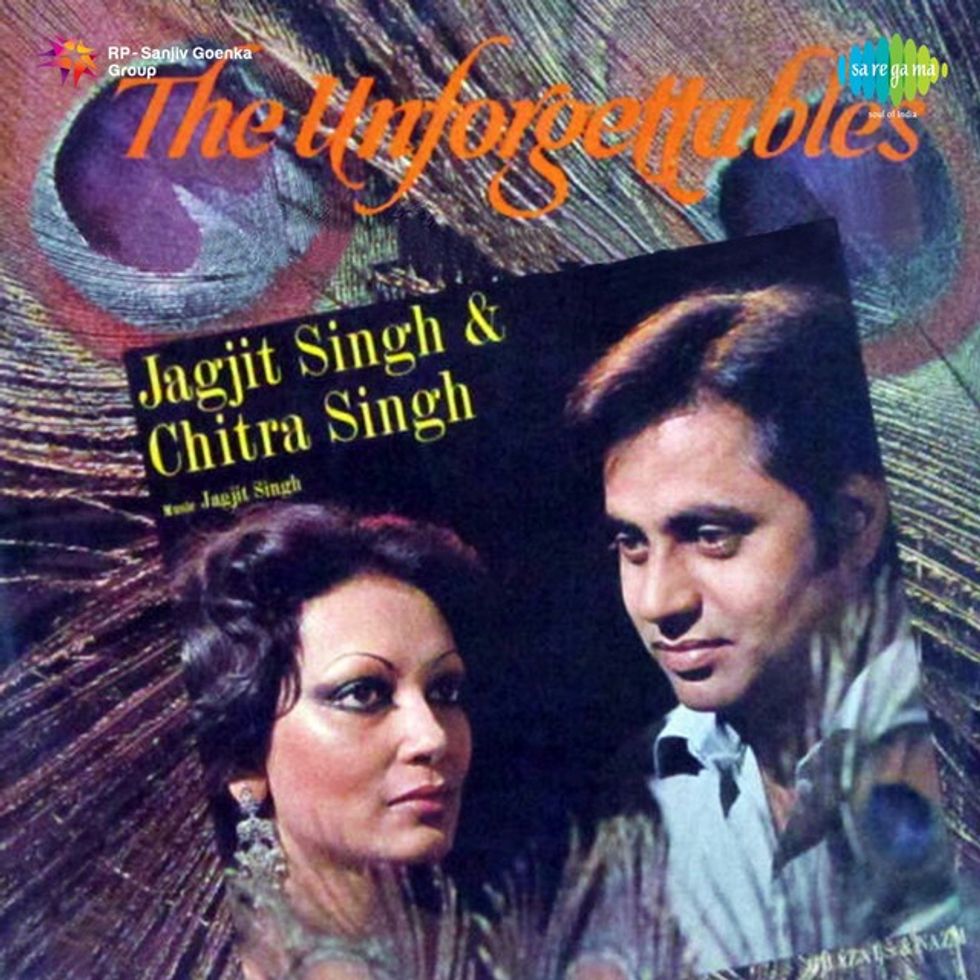
The overnight stars were soon in high demand, touring internationally and following up their success with more hit albums – both as a duo and solo artists. Jagjit earned the title of ‘King of Ghazals’, his revolutionary approach making the genre more accessible and influencing countless artists.
“I was determined to refine the genre and make it more appealing to modern tastes, so I chose simple poems and set them to simpler tunes,” he said. “I also introduced Western instrumentation to make them livelier.”
With newfound global fame, he was offered playback singing opportunities in Indian cinema.
However, he was highly selective, focusing primarily on ghazals despite delivering memorable songs for iconic films like Arth.
“Film music has always been the dominant genre in India,” he noted. “But to me, most film songs made until the seventies were actually in the ghazal format. Writing ghazals allowed me to use melodious tunes and quality lyrics that encompassed the whole spectrum of human emotions. I didn’t want to indulge in rushed, formulaic music.”
The couple amassed wealth through album sales, film songs, and performances at prestigious venues. Among their achievements was composing music for the acclaimed TV series Mirza Ghalib.
Despite his success, Jagjit valued simplicity. “My goal has always been to touch hearts, not chase fame or compete with anyone,” he said. He also helped numerous lyricists, musicians, and singers – most notably giving Kumar Sanu his breakthrough.
The widely respected figure’s dream life came crashing down in 1990 when his son Vivek was killed in a road accident. The devastating loss caused Chitra to retire from singing entirely.
A heartbroken Jagjit channelled his grief into his music, including devotional songs, creating some of his most poignant work. However, he never fully healed. The ghazal maestro battled deep depression until his passing, with his anguish often apparent in live performances, media interviews, and songs.
He once said: “Music has been my refuge. After Vivek passed away, I couldn’t speak, couldn’t share my grief. But I could sing. That became my solace.”
Those personal losses and challenges deeply shaped the emotional richness of his music. He once said, “Struggles are what give depth to art. They teach you humility and help you connect with the pain and joy of others.” He continued touring the world and delivering superhit songs, including the iconic Dil Kahin Hosh Kahin album with Lata Mangeshkar and Asha Bhosle.
Despite his immense commercial success, Jagjit was happiest on stage and said: “The quality of sound transmitted to the audience is the most important thing in a live concert. I do not indulge in flashy stage lighting or gimmicks. When people come to my concert, they come with certain expectations, and I make it a point to fulfil those expectations through my singing, which is always live.”
He was honoured with the Padma Bhushan, India’s third-highest civilian award, in 2003. However, in 2009, Jagjit and Chitra faced yet another devastating loss when their daughter, Monica Chowdhary, died by suicide.
Determined to keep going, Jagjit marked his 70th birthday in February 2011 by committing to 70 concerts worldwide. Among these was a planned performance with Pakistani ghazal legend Ghulam Ali in Mumbai.
However, on September 23 of that year, he suffered a brain haemorrhage. After spending over two weeks in a coma, he passed away on October 10, 2011, at Lilavati Hospital in Mumbai. Tributes poured in from around the world, honouring his immense contribution to music. His life and legacy were further celebrated through the 2012 biography Beyond Time and the documentary film Kaagaz Ki Kashti.
He left behind a remarkable legacy, continuing to stand tall as a musical giant. As he once said: “My music reflects my life’s philosophy. I always believed in perfection, be it in the poetry I select, the music I compose, or the concerts I perform. I want to leave behind a legacy of meaningful music.

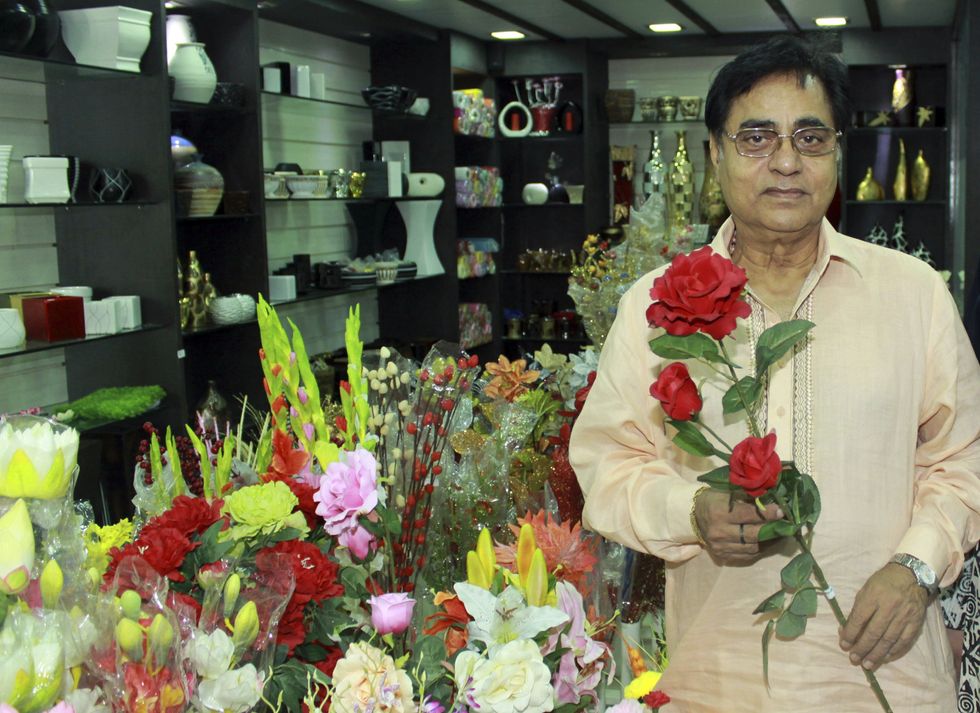
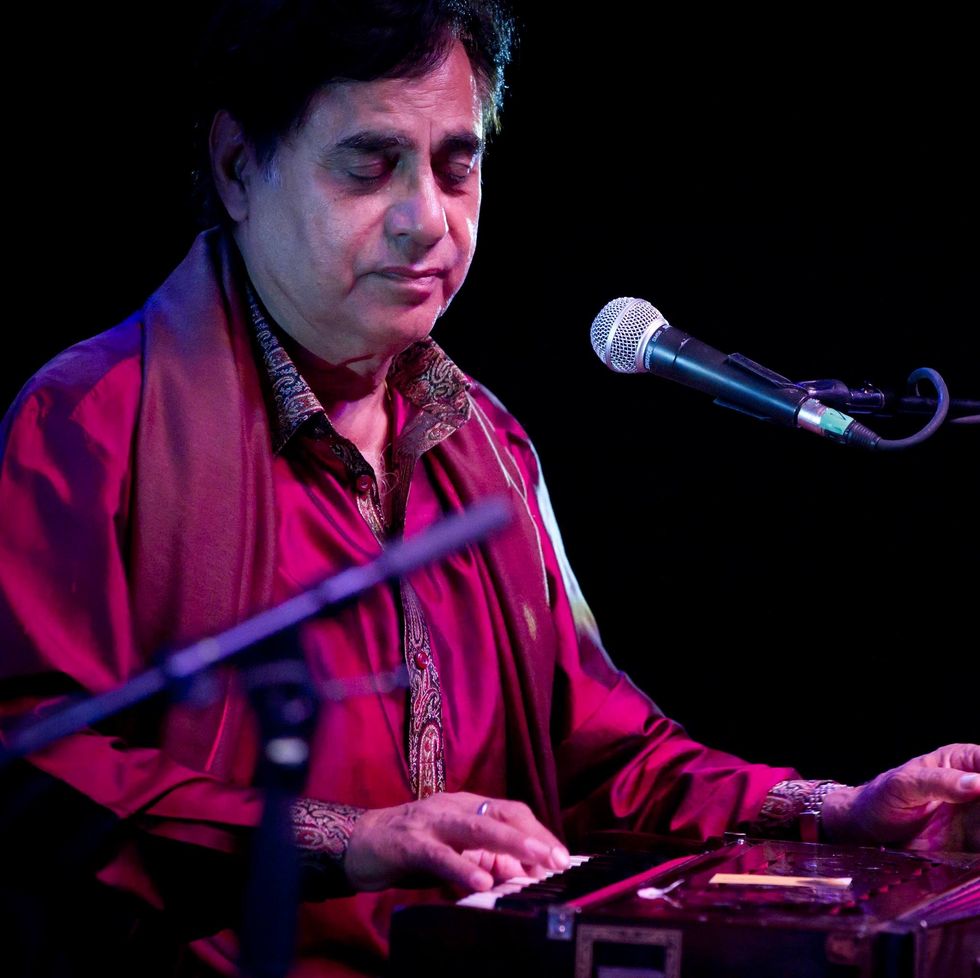















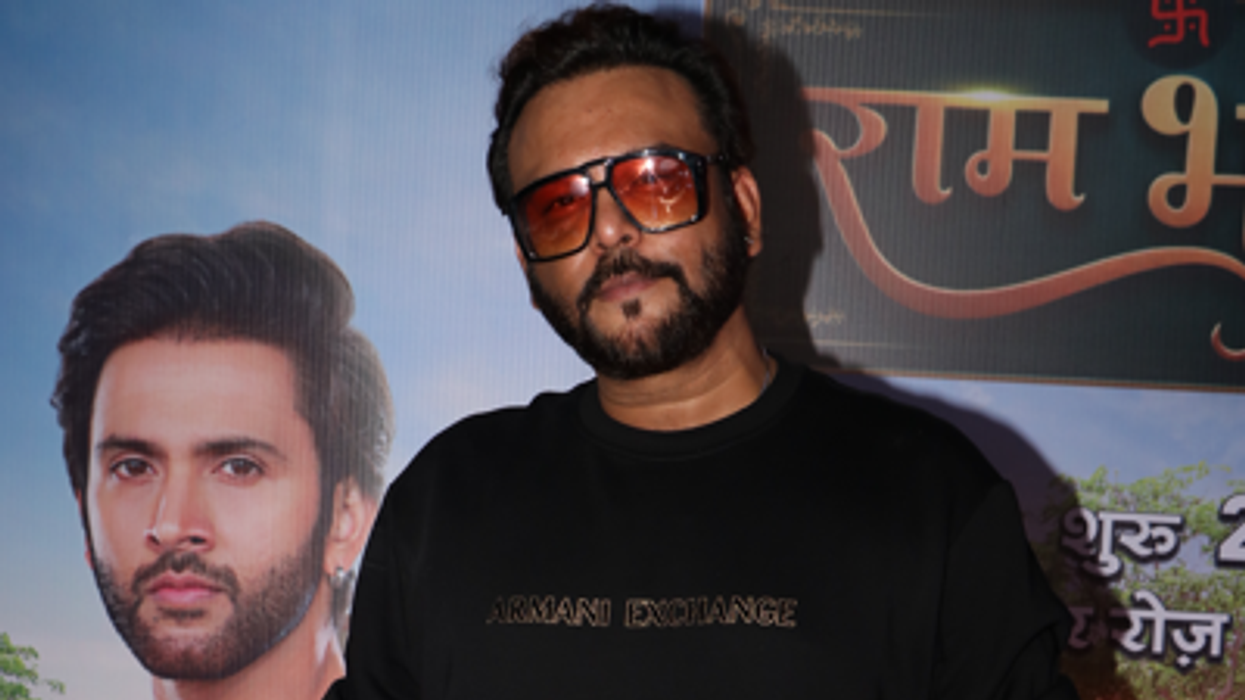
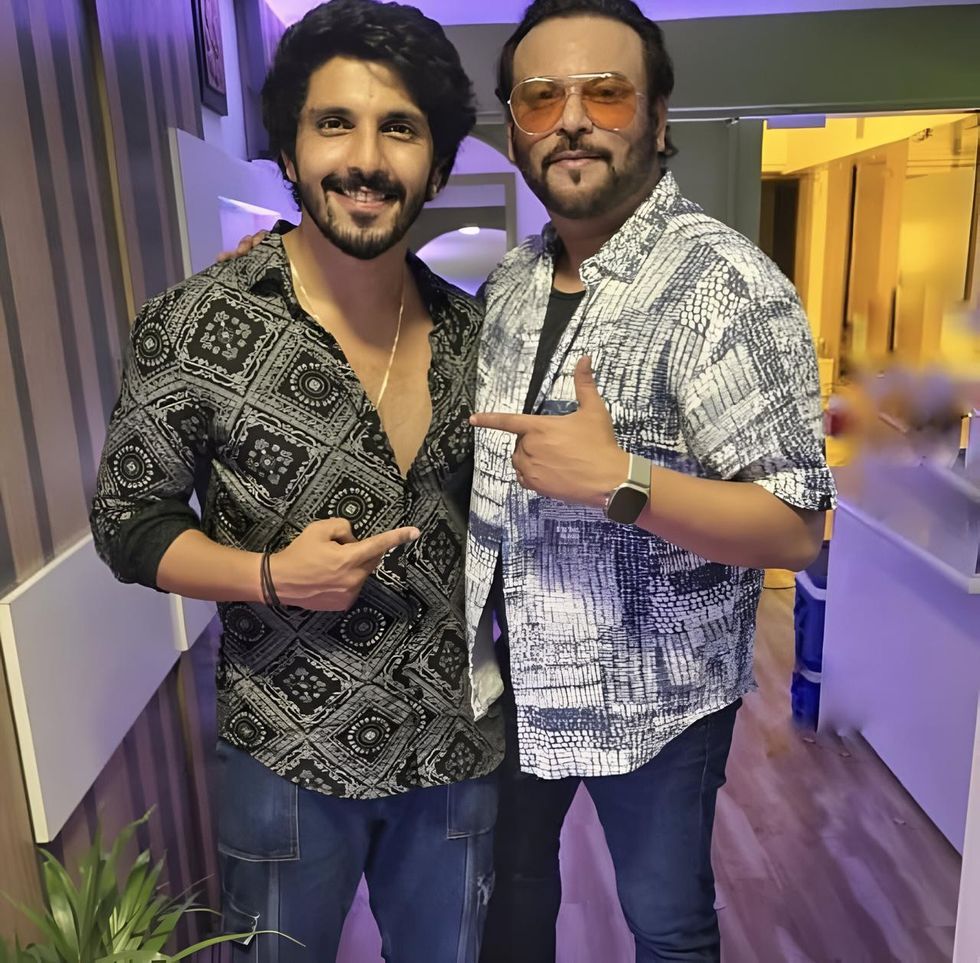 With actor Kanwar Dhillon in 'Ram Bhavan'Instagram/ rahultewary
With actor Kanwar Dhillon in 'Ram Bhavan'Instagram/ rahultewary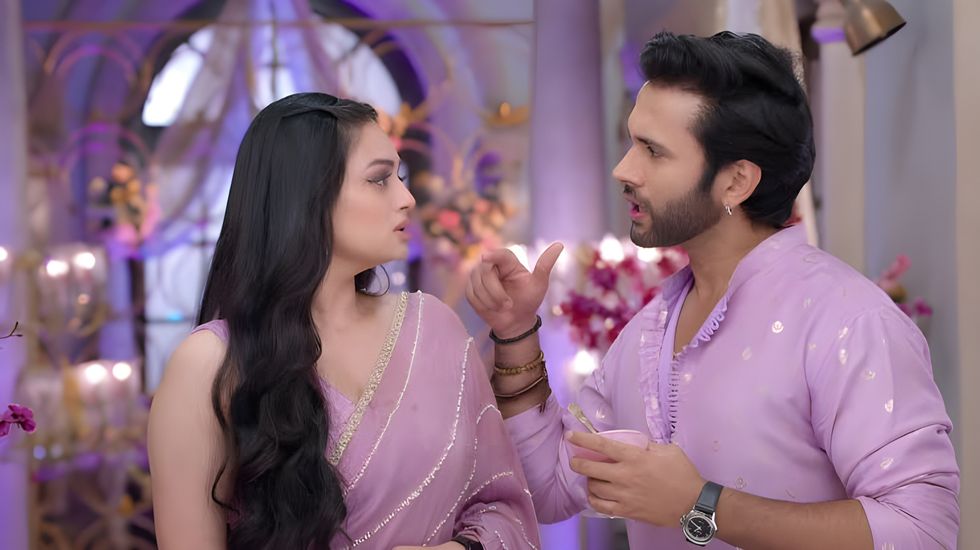 Udne Ki AashaScreen Grab 'Udne Ki Aasha'
Udne Ki AashaScreen Grab 'Udne Ki Aasha'
 Mrunal Thakur in Sita Ramam
Mrunal Thakur in Sita Ramam  Director Anjali Menon
Director Anjali Menon Actress Nayanthara
Actress Nayanthara
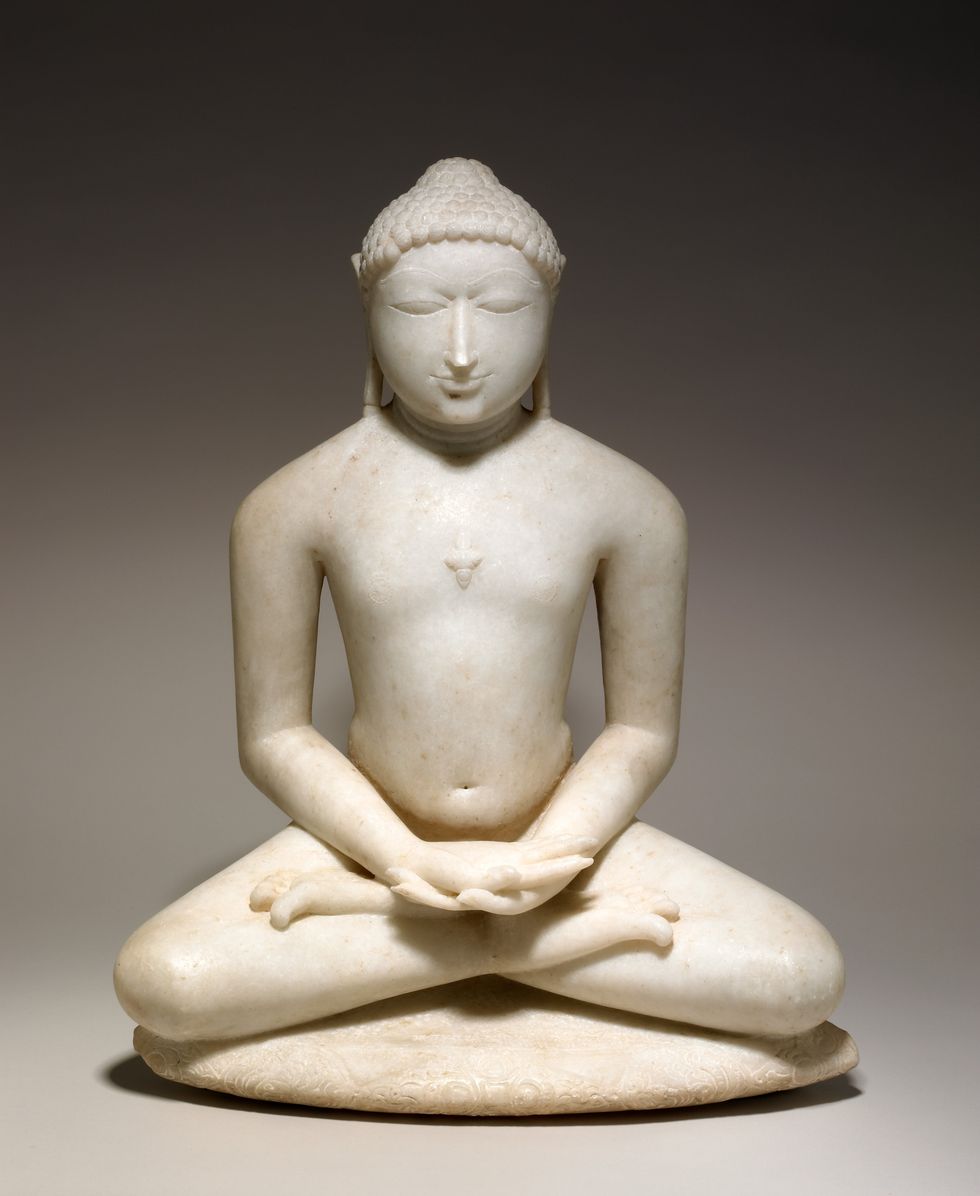 Seated Jain enlightened teacher meditating, about 1150-1200The Trustees of the British Museum
Seated Jain enlightened teacher meditating, about 1150-1200The Trustees of the British Museum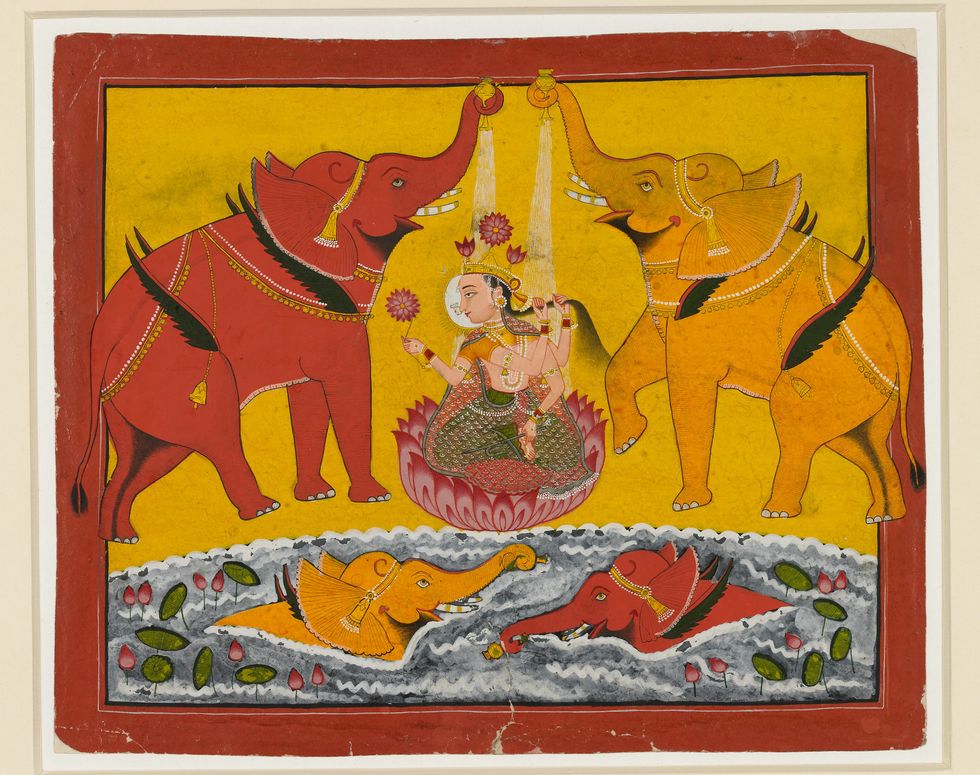 Gaja-Lakshmi ('Elephant Lakshmi') goddess of good fortune, about 1780 The Trustees of the British Museum
Gaja-Lakshmi ('Elephant Lakshmi') goddess of good fortune, about 1780 The Trustees of the British Museum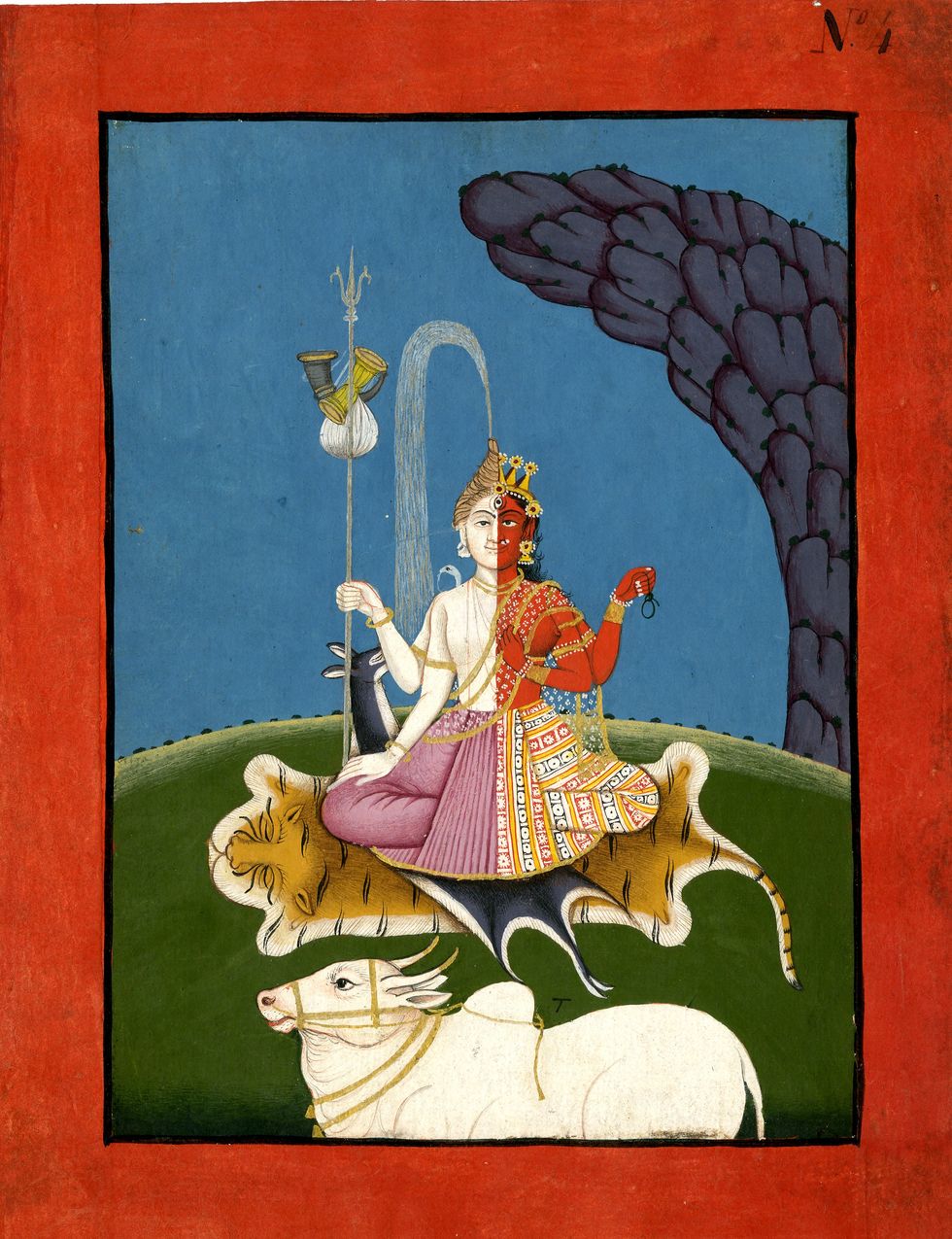 Ardhanarishvara, lord who is half woman, Shiva and Parvati combined in one deityThe Trustees of the British Museum
Ardhanarishvara, lord who is half woman, Shiva and Parvati combined in one deityThe Trustees of the British Museum
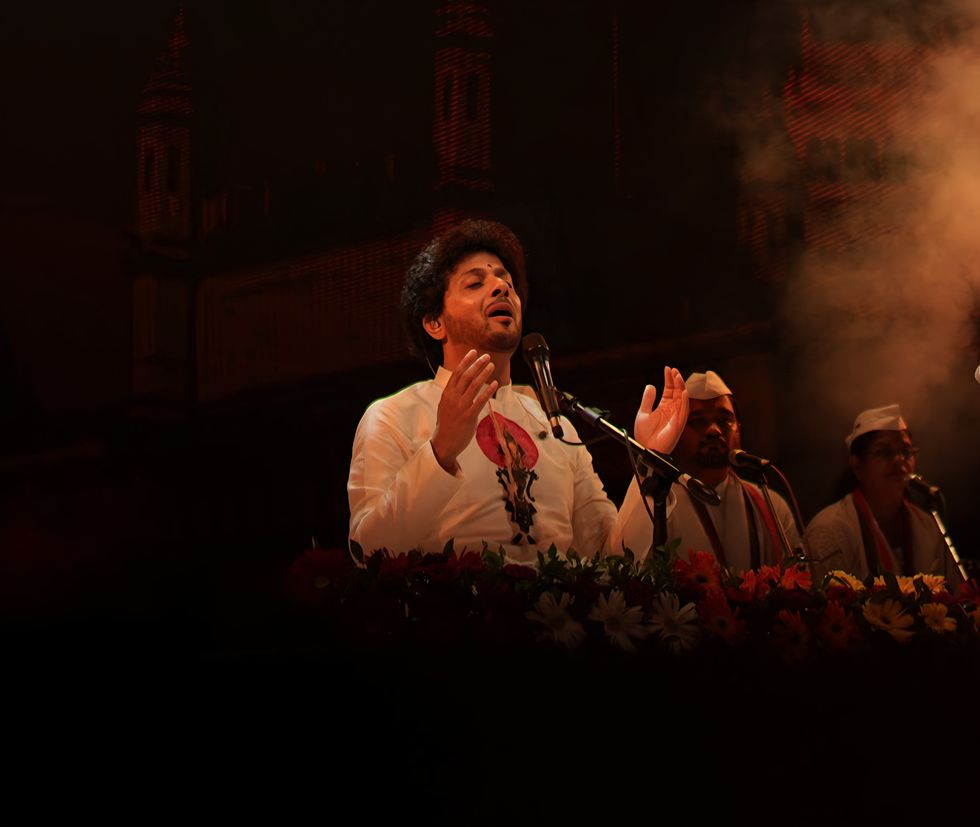 Mahesh Kale at his concert 'Abhangwari'Instagram/ maheshmkale
Mahesh Kale at his concert 'Abhangwari'Instagram/ maheshmkale